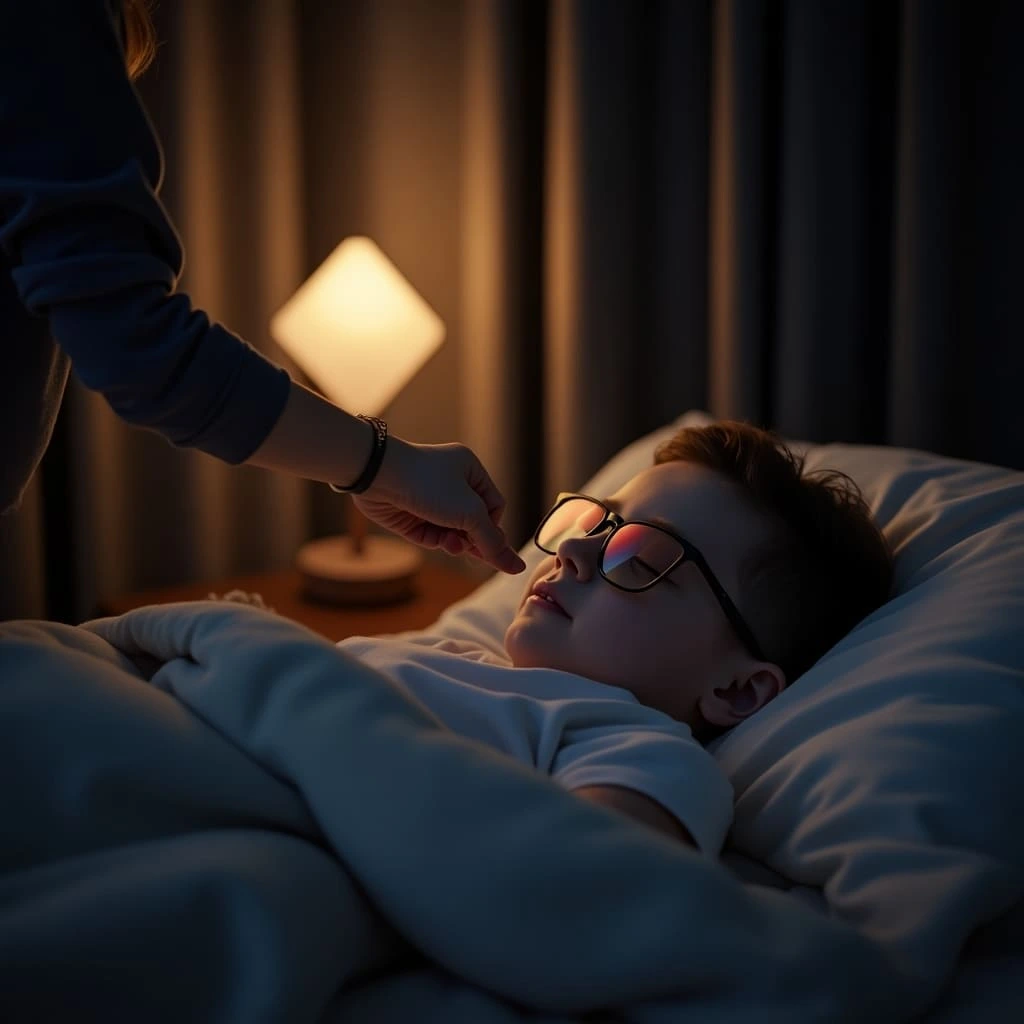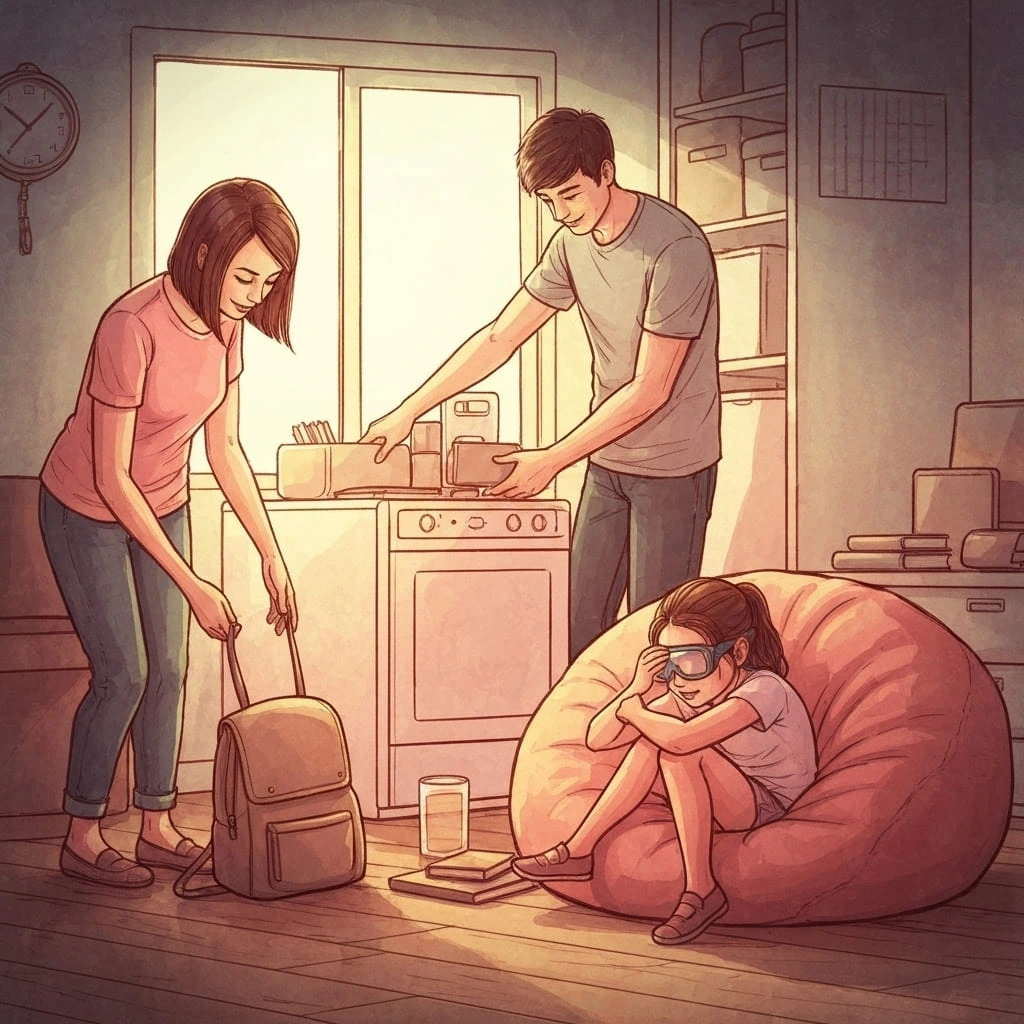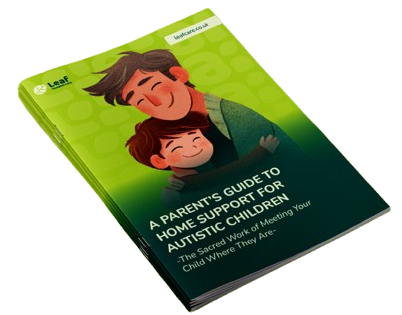What is Light Sensitivity (Photophobia)?
Light sensitivity, or photophobia, is a sensory processing difference commonly experienced in autistic people. Often referred to as autism light sensitivity, it involves discomfort, distraction, or pain caused by hypersensitivity to light that most people might find normal or even dim. This form of sensory issue is not related to poor vision but rather to how the brain interprets and processes visual stimuli.
- Buzzing, harsh fluorescent lights or flickering lights are distressing.
- Bright lights being too intense.
- Natural sunlight causes headaches or squinting.
- Visual overstimulation in brightly lit or visually busy environments
Light sensitivity is not about visual acuity (sharpness of sight) but rather how the brain processes visual stimuli.
Read more about effective strategies for Managing Sensory Overload in Autistic People.
Prevalence in Autism
The prevalence of sensory sensitivities, including light sensitivity, in autism is high. Light sensitivity is widespread in autism, typically reported in around 65%–90% of autistic people. A large-scale epidemiological study reported that 53.6% of autistic children had sensory abnormalities in general, compared to only 8.0% in non-autistic peers
Another study noted autistic people were 3 to 4 times more likely to report discomfort from visual input. Sensory differences, including light sensitivity, may change or vary by context.
Causes of Light Sensitivity in Autism
We mentioned previously that light sensitivity is primarily caused by differences in how the brain processes sensory input. These differences are part of the broader neurological profile of autism spectrum. Below is an in-depth overview of the main causes and contributing factors:
Sensory Processing Differences
Autistic people often experience atypical sensory processing, particularly in the visual system.
In hypersensitivity, light is processed as too bright or intense. This may result in discomfort, pain or visual overstimulation. Also, the brain may fail to filter out irrelevant stimuli, meaning that bright lights, reflections, or visual ”clutter” are experienced all at once and more intensely. This is called dysregulated filtering.

Neurological Factors
Studies using fMRI and EEG have shown increased activity in the visual cortex of autistic people, especially in response to bright or patterned visual stimuli. This brings to the differences in brain connectivity (how different areas of the brain “talk” to each other) and may affect how visual input is integrated and interpreted, leading to overwhelm.
There might be another neurological cause, such as the autonomic nervous system. The autonomic nervous system (which controls reflexes like pupil dilation) may function differently in autism, especially in environments with artificial lighting. Pupillary light reflex (PLR) studies show that autistic people may have delayed or reduced pupil constriction, which could allow too much light into the eye, contributing to discomfort.
Co-occurring Conditions
In a world that often feels too loud, too fast, or too bright, many autistic individuals experience light not just as a soft glow, but as intrusion. This heightened sensitivity is not merely a standalone experience, but comes together with some co-occurring conditions that shape how the nervous system receives and responds to light. These conditions influence the way the brain and body respond to light, sometimes amplifying discomfort or triggering associated symptoms.
Several conditions that frequently co-occur with autism can increase light sensitivity and modify sensory experiences :
- Migraine
- Irlen Syndrome (Scotopic Sensitivity Syndrome)
- Epilepsy and Photosensitive Seizures
- Anxiety Disorders
- Sleep Disorders and Circadian Disruption
Impact of Light Sensitivity on Autistic People
For many autistic people, light dictates if they feel focused and safe, and if this represents a comfortable and supportive environment. Light sensitivity is a real and often invisible challenge that can affect physical well-being, emotional regulation, and social participation. If your autistic child seems to shy away from bright rooms, avoids screens, or squints indoors, light sensitivity could play a bigger role than you think. This can affect mood, behaviour, sleep, daily routines, and social interactions. Let’s explore the most common challenges autistic people with light sensitivity experience.
Challenges Faced in Social Settings Due to Light Sensitivity
Social settings often come with more than just the challenge of communication or navigating group dynamics. Most times, they have been named as ‘a minefield’ of sensory triggers for autistic people, with light sensitivity being one of the most overlooked yet impactful barriers. The invisible nature of light sensitivity means it’s often hard to explain on the spot. Many social environments, such as classrooms, restaurants, offices, or public events, are filled with harsh fluorescent lighting, reflective surfaces and intense light, which can be disorienting, even physically painful for a person with light sensitivity. Many autistic people are also particularly sensitive to blue light, often emitted from screens and certain LED lighting, which can further heighten discomfort or contribute to fatigue and difficulty concentrating.
This discomfort can make eye contact difficult, lead to withdrawal from conversation, or even trigger a shutdown, all of which may be misinterpreted as rudeness, disinterest, or social anxiety. The result? The autistic person is often judged unfairly, excluded unintentionally, or misunderstood, reinforcing feelings of isolation. Social events usually lack quiet, low-light spaces for recovery, making it harder for someone to regulate their sensory input. Even well-intentioned gatherings like birthday parties, group therapies, or team meetings can become overwhelming if the environment doesn’t accommodate these sensory needs.
The Impact of Light Sensitivity on Mood and Anxiety Levels
For many autistic people, natural light can shape emotional and psychological states, and affect mood regulation, anxiety levels, and overall well-being. Once light is perceived as an intrusive stimulus, it triggers the body’s stress response, releasing adrenaline and heightened alertness. This state over time can lead to chronic anxiety, mood instability, and emotional fatigue. The invisibility of light sensitivity often compounds the emotional toll. A person may appear withdrawn, irritable, or distracted in a bright environment, not because of a lack of engagement or effort, but because their nervous system is overloaded.
Moreover, exposure to intense light can directly affect sleep-wake cycles and melatonin production, which play vital roles in one person’s emotional well-being. Anxiety and sensory sensitivity often interact in a feedback loop: bright lights trigger discomfort, discomfort increases anxiety, and anxiety heightens the brain’s sensitivity to light. This loop can make social situations, learning environments, or even grocery store trips feel insurmountable.
Strategies for Managing Light Sensitivity
Creating sensory-friendly spaces through thoughtful environmental adjustments, access to practical tools, and clear communication can make a world of difference. Below are three key strategies, environmental modifications, protective eyewear, and communication, that can help create safe, soothing spaces where autistic people feel supported and at ease.
Environmental Modifications
Supportive environment is the priority when it comes to reducing the impact of light sensitivity and helping to prevent sensory overload. It is crucial to start by making a proper evaluation of the lighting conditions in the main spaces where the person lives, works, and studies, such as the home, workplace, or classroom, to ensure proper lighting design.
For example, replace the harsh fluorescent bulbs with soft, warm–toned LED lights that mimic natural daylight. The choice falls on this lighting because they emit less flicker and reduce the visual strain. At the same time, dimmable lights and smart bulbs allow autistic people to adjust brightness levels throughout the day according to comfort. Additionally, creating access to sensory rooms or quiet spaces with controlled lighting offers a valuable retreat when sensory demands become overwhelming.
Protective Eyewear
The most highly effective solution for managing light sensitivity, especially in situations where environmental changes aren’t possible, is protective eyewear. Glasses with precision-tinted lenses (tinted glasses), such as those used for Irlen Syndrome or FL-41 lenses, can filter out specific wavelengths of light known to trigger discomfort. These lenses are available in various tints and styles, allowing people to select what best suits their visual needs and comfort.

Additionally, wraparound frames offer more comprehensive coverage by blocking peripheral light, which can often be just as bothersome as direct glare. Protective eyewear can also serve a dual purpose, offering emotional security in unpredictable environments while physically reducing overstimulation.
Communication
Encouraging autistic people, especially children or those with communication differences, to identify and express their sensory needs helps create trust and autonomy. Use visual aids, sensory preference checklists, or social stories to support those who struggle with verbal communication, and regularly check in to see if lighting conditions are comfortable.
How can communication become a strategy? – Through directly educating people about the trigger identification, the severity of light sensitivity, and setting the changes needed to reduce the discomfort that comes with the condition. It’s also important to advocate for accommodations in educational, clinical, or workplace settings that address light as a direct trigger for discomfort. Teachers, support workers, and employers should be informed of the person’s sensory profile and the simple modifications that can make a big difference. Encouraging autistic people to self-advocate, for example, by requesting lower lights or wearing tinted glasses without stigma, can reduce anxiety and promote emotional well-being.
Autism Support with Leaf Complex Care
We specialise in complex care delivered in the place people know best -their own home. That’s where comfort, routine, and confidence can grow. Our support teams are trained to provide high-quality, autism-informed care that’s respectful, responsive, and built for daily life.
At Leaf Complex Care, we believe home is where the best support happens, and we make sure it feels just right.
We are honoured to share that the National Autistic Society has accredited Leaf Somerset and Midlands with their Autism Specialist Award. This official accreditation reflects our commitment to high-quality support in autism support and reassures families, carers, and professionals. It means our services offer:
- More personalised approaches, always putting the supported person and their families at the centre of care decision-making.
- More autism-focused support
- Increased expertise in supporting autistic people and providing better outcomes
- Reassurance for families/carers
You’ll be able to read more about our services here.
We deliver our support across the UK, with offices in Bristol, South East, the Midlands and Somerset.


